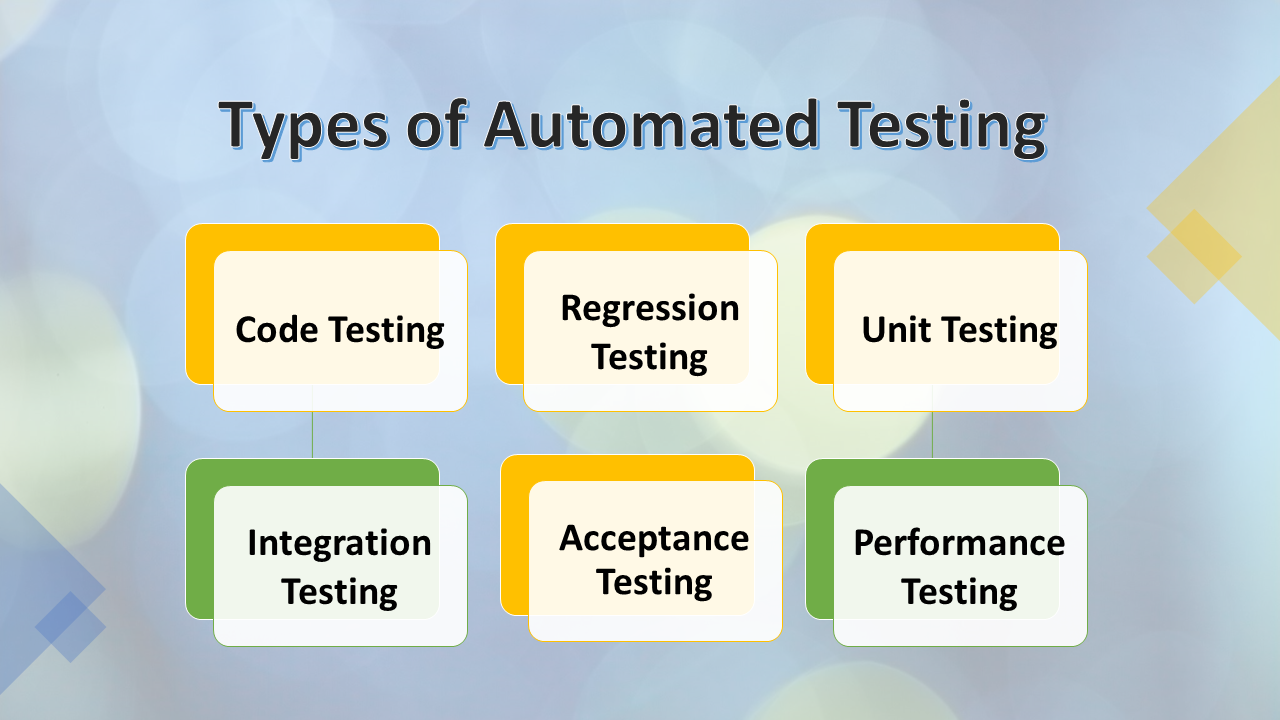From Handbook to Automated Screening: A Comprehensive Guide to Transitioning Smoothly and Successfully
In the world of software program screening, the change from manual to automated processes has ended up being a progressively essential transition for organizations looking for to enhance effectiveness and precision in their screening methods. The journey from guidebook to automated screening is not without its challenges, but when come close to strategically and with a clear plan in mind, the benefits can be substantial.
Benefits of Automated Examining
Automated testing uses various benefits, enhancing performance and accuracy in software program growth processes. Automated tests can be run simultaneously on numerous gadgets and operating systems, significantly speeding up the screening phase compared to hand-operated screening.
Additionally, automated testing ensures a higher level of accuracy in identifying flaws. Since automated examinations follow predefined manuscripts, human error is decreased, bring about more trustworthy examination outcomes. Uniformity in screening is likewise enhanced, as automated examinations perform the exact same actions exactly each time they are run. This consistency is critical in making certain that all performances of the software program are completely evaluated, decreasing the likelihood of undetected bugs sliding with to manufacturing.
Picking the Right Devices

Firstly, analyze your requirements and objectives. Understand the range of your job, the modern technologies involved, and the capability of your group. This analysis will assist you determine the attributes and capabilities you require in your testing devices.
Secondly, think about the compatibility of the tools with your existing systems and procedures. Smooth combination with your current software application development lifecycle is necessary to make certain a smooth shift to automation.
Additionally, assess the scalability and adaptability of the tools. As your screening needs progress, the tools need to be able to adapt and suit modifications successfully.
Last but not least, consider the support and community around the tools. Durable support and an active user area can supply useful resources and help when applying automated screening. By carefully considering these aspects, you can pick the right tools that align with your demands and set the phase for an effective transition to automated screening.
Writing Efficient Examination Scripts

When crafting test manuscripts, it is vital to think about the particular requirements of the software being tested and guarantee that the scripts resolve all critical capabilities. Clear and descriptive naming conventions for examination scripts and examination situations can enhance readability and maintainability. In addition, integrating error handling mechanisms within the test scripts can aid in recognizing and dealing with issues without delay.
Additionally, organizing examination scripts into modular components can enhance reusability and scalability, decreasing redundancy and boosting performance in examination manuscript maintenance. Normal testimonials and updates to examine manuscripts are important to equal evolving software requirements and performances. By following these concepts, testers can produce efficient and robust examination scripts that contribute significantly to the success of automated screening procedures.
Integrating Automation Into Workflows
Efficient integration of automation tools right into existing operations improves processes and enhances performance within software application development cycles. When including automation into process, it is important to identify repeated jobs that can be automated to conserve time and decrease human error. By seamlessly integrating automated testing tools like Selenium or Appium right into the software application growth lifecycle, groups can achieve faster comments on code modifications, causing quicker bug discovery and resolution. This assimilation permits continuous read this article testing throughout the advancement procedure, guaranteeing that any type of issues are identified beforehand, leading to higher software program high quality. Additionally, automation can be used to activate examinations automatically after each code dedicate, providing instant recognition and releasing up testers to focus on even more facility situations. Proper assimilation of automation tools calls for collaboration between development, screening, and operations groups to establish a unified operations that optimizes performance and efficiency in supplying premium software program items.
Making Sure a Smooth Transition
Efficiently transitioning to automated screening includes thorough planning and careful execution to optimize and decrease interruptions performance in the software application development procedure - automation testing. To make certain a smooth shift, it is necessary to begin by performing a complete assessment of the existing testing procedures and identifying locations where automation can bring the most significant advantages. Engaging with all stakeholders beforehand in the procedure, consisting of programmers, testers, and task supervisors, is important for amassing assistance and buy-in for the automation initiative
Communication is crucial throughout this shift phase. Clear interaction of the objectives, advantages, and assumptions of automated testing assists to handle any type of resistance or issues that may develop. Furthermore, offering ample training and resources for staff member to upskill in automation devices and techniques is essential for guaranteeing a successful transition.

Verdict
In conclusion, transitioning from guidebook to automated testing uses various benefits, including boosted performance and dependability. By selecting the appropriate devices, composing efficient test manuscripts, and incorporating automation flawlessly right into process, organizations can guarantee a smooth and successful transition. It is necessary to accept automation as an important asset in software program testing processes to enhance overall top quality and efficiency.
In the realm of software application screening, the change from manual to automated processes has actually ended up being an increasingly important transition for companies looking for to improve efficiency and precision in their screening techniques. Automated tests can be run simultaneously on several devices and running systems, considerably speeding up the testing stage contrasted to manual testing. Consistency in screening is additionally enhanced, as automated tests implement the exact same steps specifically each time they are run.To ensure the successful implementation of chosen testing tools, the production of efficient test Get More Info scripts plays an important function in verifying the functionality and efficiency of automated processes - automation testing. By following these concepts, testers can produce durable and reliable test manuscripts that contribute significantly to the success of automated testing processes